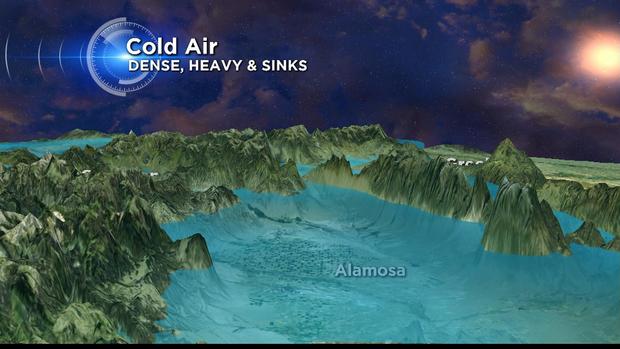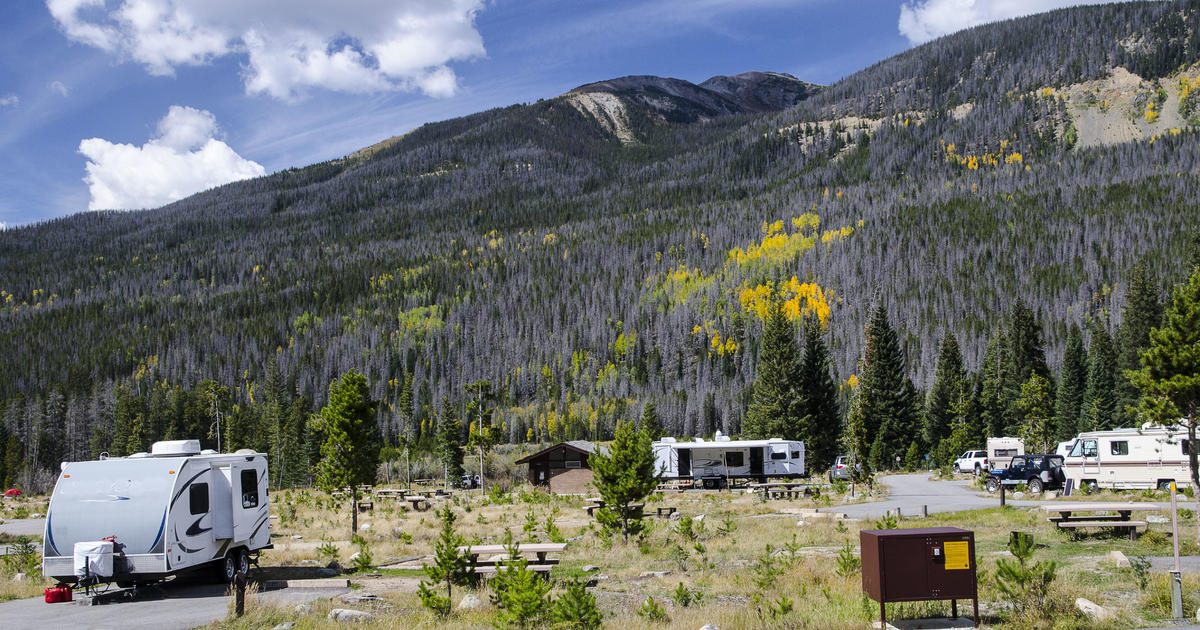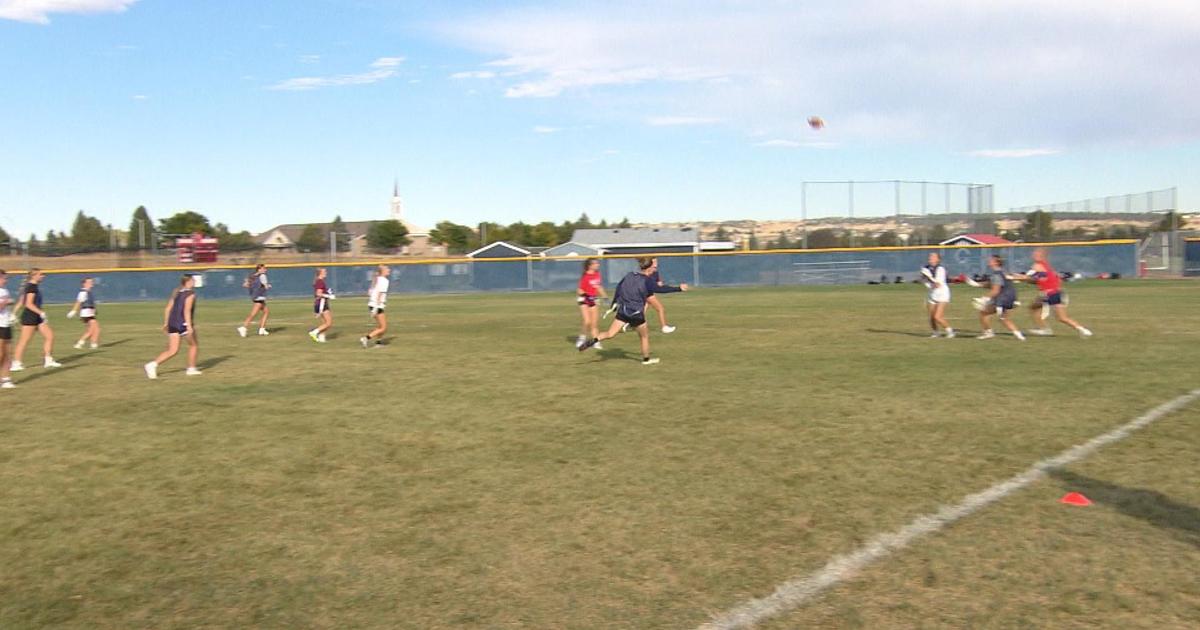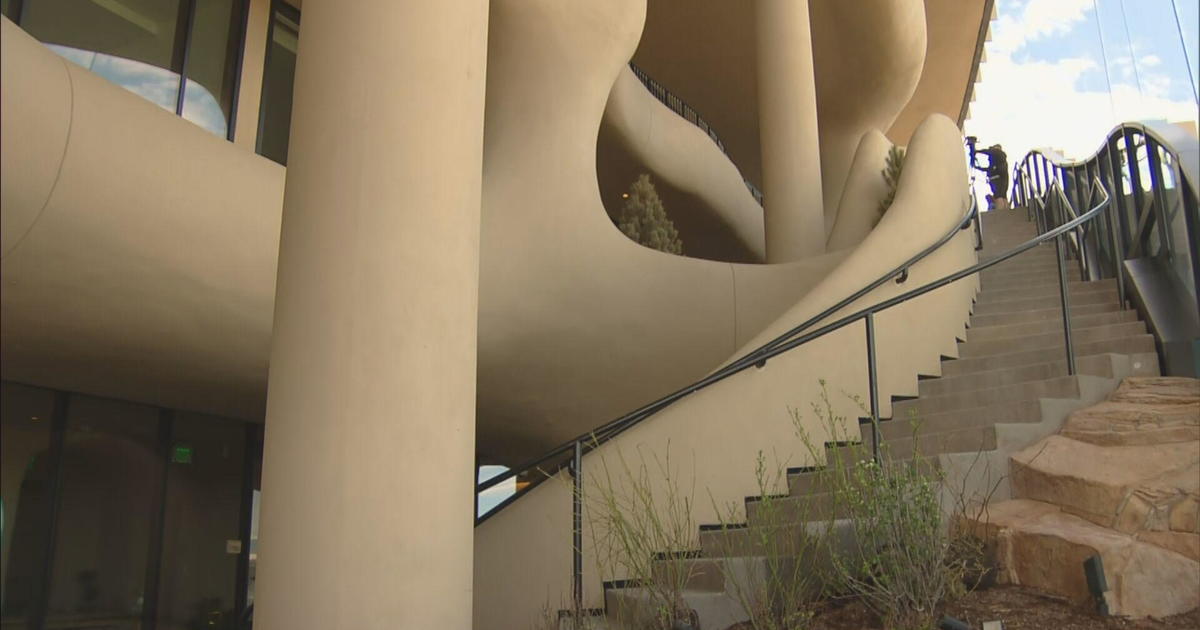Colorado's Terrain Plays A Role During Bitter Cold Outbreaks
DENVER (CBS4) - Just like the mountains play an important role in winter storms, they also help determine who sees bitter cold.
On the North American continent, cold air masses typically form over the prairies of Canada, interior Alaska or the North Pole.
And when the jet stream pattern sets up just right, it can bring some of that cold south along the east side of the Rocky Mountains.
If the cold air is shallow, it can get stuck along terrain features like the foothills and the Palmer Divide between Colorado Springs and Denver.
But if the cold air extends high enough into the atmosphere, it can invade places like the foothills and mountain valleys, and even spill over the Continental Divide to Colorado's western slope.
Once a cold air mass is in place, valleys usually see the coldest temperatures because cold air is heavy and dense and likes to stay low to the ground following the terrain.
Some of Colorado's most notorious cold spots include Craig, Fraser, Walden, Gunnison, Alamosa and Greeley.
When cold air starts to moderate, these valley locations are usually the last to warm up.
It normally takes a strong wind to mix the cold arctic air out of these valleys, a process that sometimes can take days.




